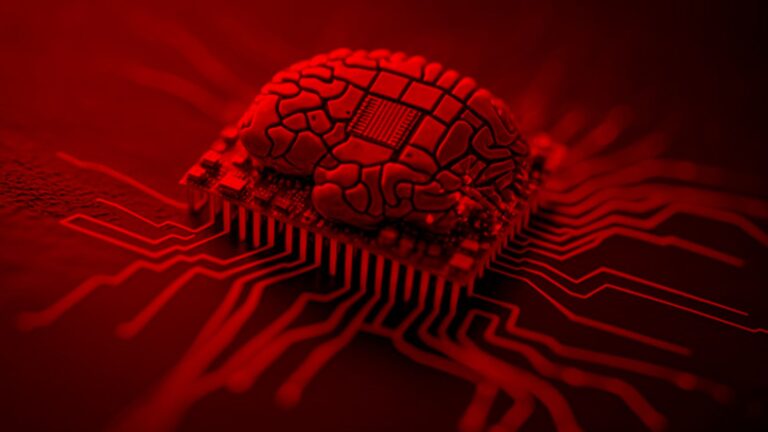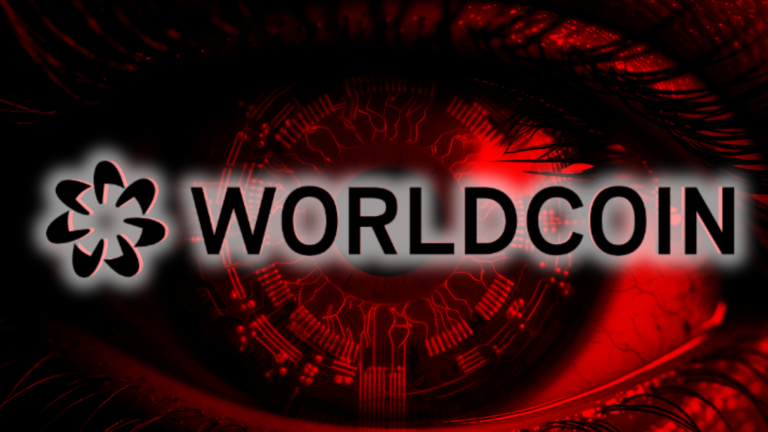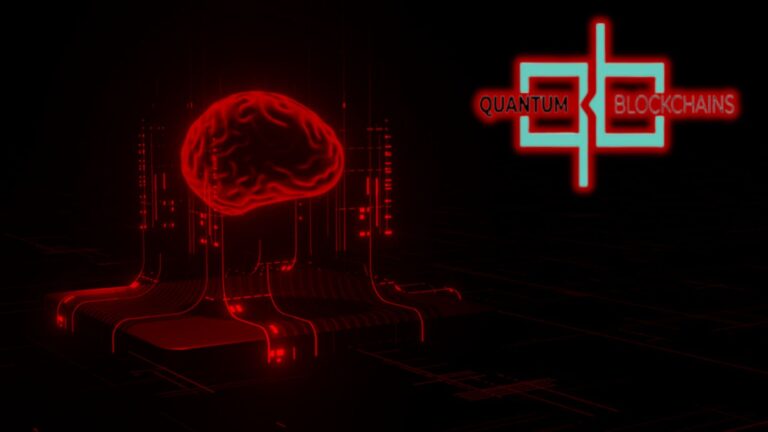
In a world where technology is constantly evolving, a recent breakthrough from Technische Universität Dresden in Germany has the potential to redefine the landscape of blockchain and artificial intelligence (AI). The researchers have unveiled a new material design for neuromorphic computing, a technology that could revolutionize the way we process information.
Neuromorphic computing is a unique approach that imitates the organic activity of the brain. Unlike classical computers that use binary transistors to process information in the form of “ones” and “zeros”, neuromorphic computers use programmable physical artificial neurons. These systems send signals across varying patterns of neurons, incorporating the factor of time, which allows them to process information in a more dynamic and flexible manner.
Reservoir Computing: The Key to Instantaneous Pattern Recognition
The Dresden team has developed a method for pattern recognition using a technique called “reservoir computing”. This involves the use of a vortex of magnons to perform algorithmic functions almost instantaneously. This breakthrough not only demonstrates the potential for neuromorphic computing to work on a standard CMOS chip, but it also highlights its potential to disrupt both blockchain and AI.
Why Neuromorphic Computing Matters for Blockchain and AI
The importance of neuromorphic computing for blockchain and AI lies in its inherent suitability for pattern recognition and machine learning algorithms. Classical computers, while excellent at number crunching, struggle with pattern recognition, especially when the data is noisy or incomplete. This is where neuromorphic computers come into play.
In sectors such as finance, AI, and transportation, there is a constant influx of real-time data. Classical computers struggle with occluded problems, such as the challenge of driverless cars, which are difficult to reduce to a series of “true/false” compute problems. Neuromorphic computers, on the other hand, are designed to deal with problems that involve a lack of information. They can constantly react to real-time data because they don’t process data points one at a time.
The Human Brain: A Model for Neuromorphic Computing
Neuromorphic computers run data through pattern configurations that function somewhat like the human brain. Human brains flash specific patterns in relation to specific neural functions, and both the patterns and the functions can change over time. This dynamic processing capability is what makes neuromorphic computers so promising for real-world applications.
The Power Efficiency of Neuromorphic Computing
One of the main advantages of neuromorphic computing is its low power consumption compared to classical and quantum computing. This means that neuromorphic computers could significantly reduce the cost in terms of time and energy when it comes to both operating a blockchain and mining new blocks on existing blockchains.
The Future of Neuromorphic Computing in Real-World Applications
Neuromorphic computers could also provide significant speedup for machine learning systems, especially those that interface with real-world sensors (self-driving cars, robots) or those that process data in real-time (crypto market analysis, transportation hubs).
One such project that could benefit from this technology is Dynex. As a blockchain-based platform, Dynex could leverage the power of neuromorphic computing to enhance its operations, providing more efficient and effective services to its users.
In Conclusion
As we stand on the precipice of this new era, it is clear that the potential of neuromorphic computing is vast. It is a technology that could redefine the way we process information, making our systems more efficient, more adaptable, and more in tune with the dynamic nature of the world around us. It is a reminder that the pursuit of knowledge and innovation is a journey, not a destination. And as we continue on this journey, we must remember to embrace the spirit of discovery, to question the status quo, and to always strive for a future where technology serves the greater good.
Let us remember that the power of technology should always be harnessed to enhance our freedom, not restrict it. Let us strive for a future where innovation is guided by the principles of autonomy, privacy, and decentralization, where the individual is empowered, not the institution.
Sources
This article references the following sources:
Recent Stories

The Dawn of Neuromorphic Computing: A New Era for Blockchain and AI
The vanguard of global commerce has been swept up in a wave of change, as over 62% of Fortune 100 companies…

Worldcoin: A New Dawn in Crypto, Identity, and Global Democracy
In the ever-evolving world of cryptocurrency, a new player has emerged with a unique proposition. Worldcoin,…

Quantum Blockchain’s Innovative Leap in Bitcoin Mining
In a significant development in the world of Bitcoin mining, Quantum Blockchain Technologies PLC has…

The Transformation of Twitter: From Tweets to X’s
In the ever-evolving landscape of social media, one of the most significant recent developments is the…
No posts found
